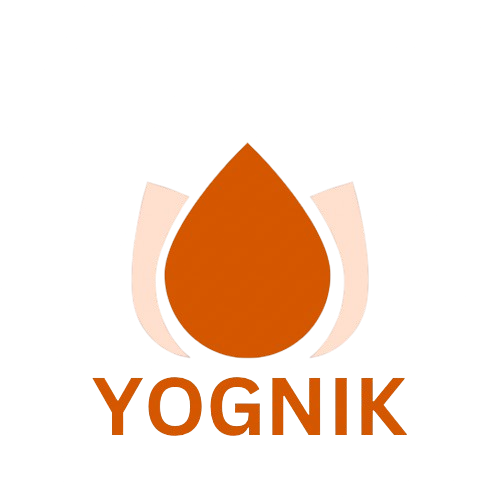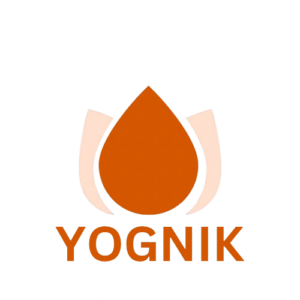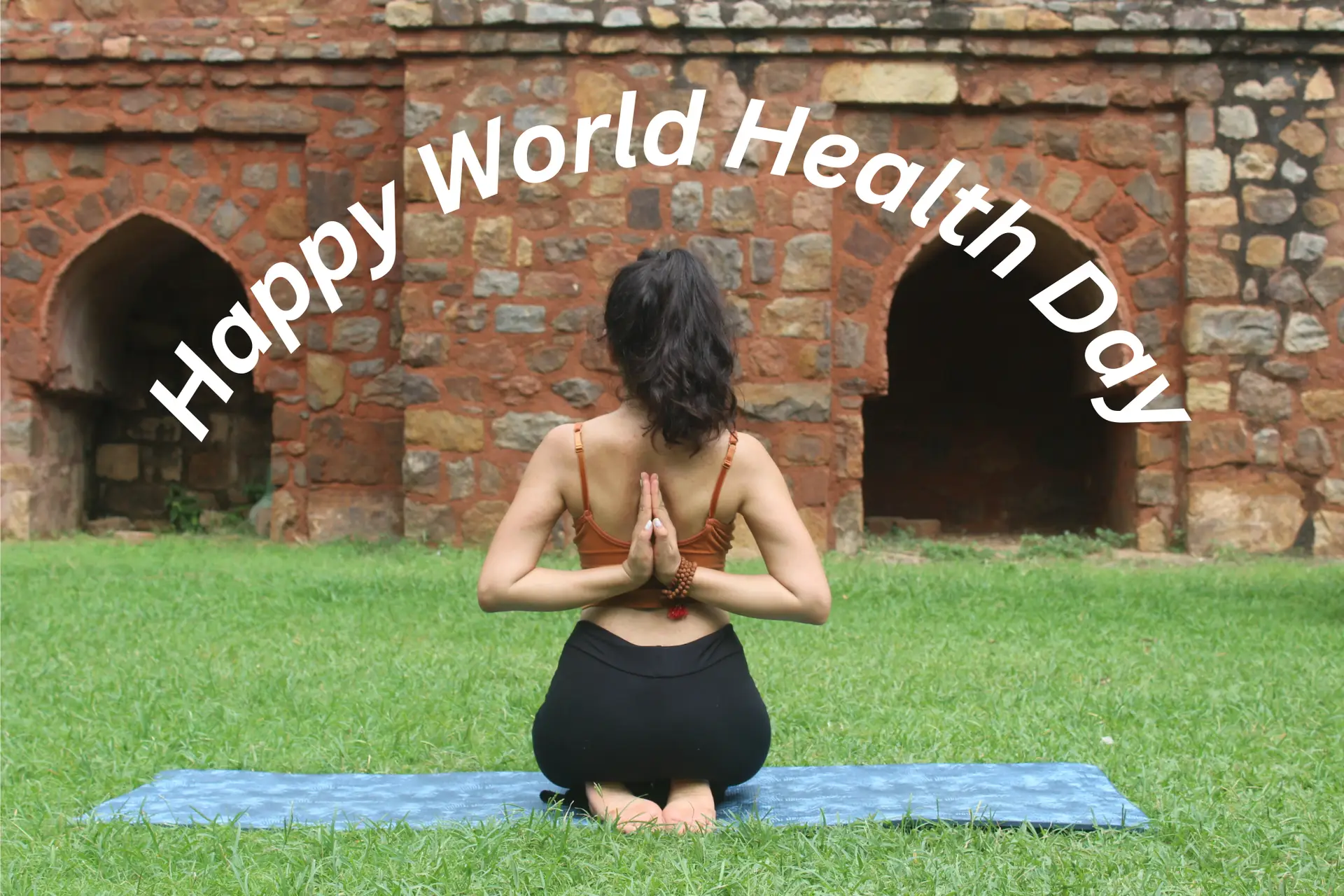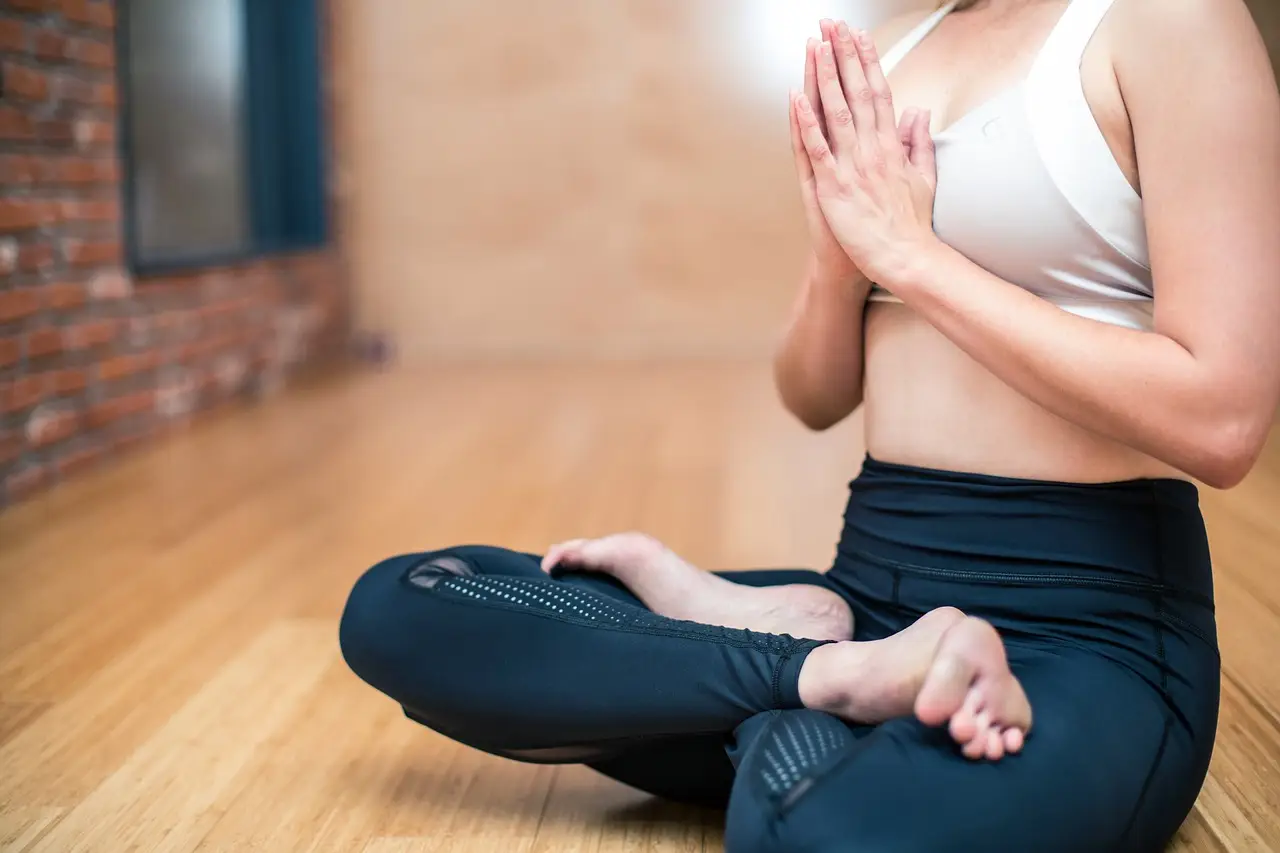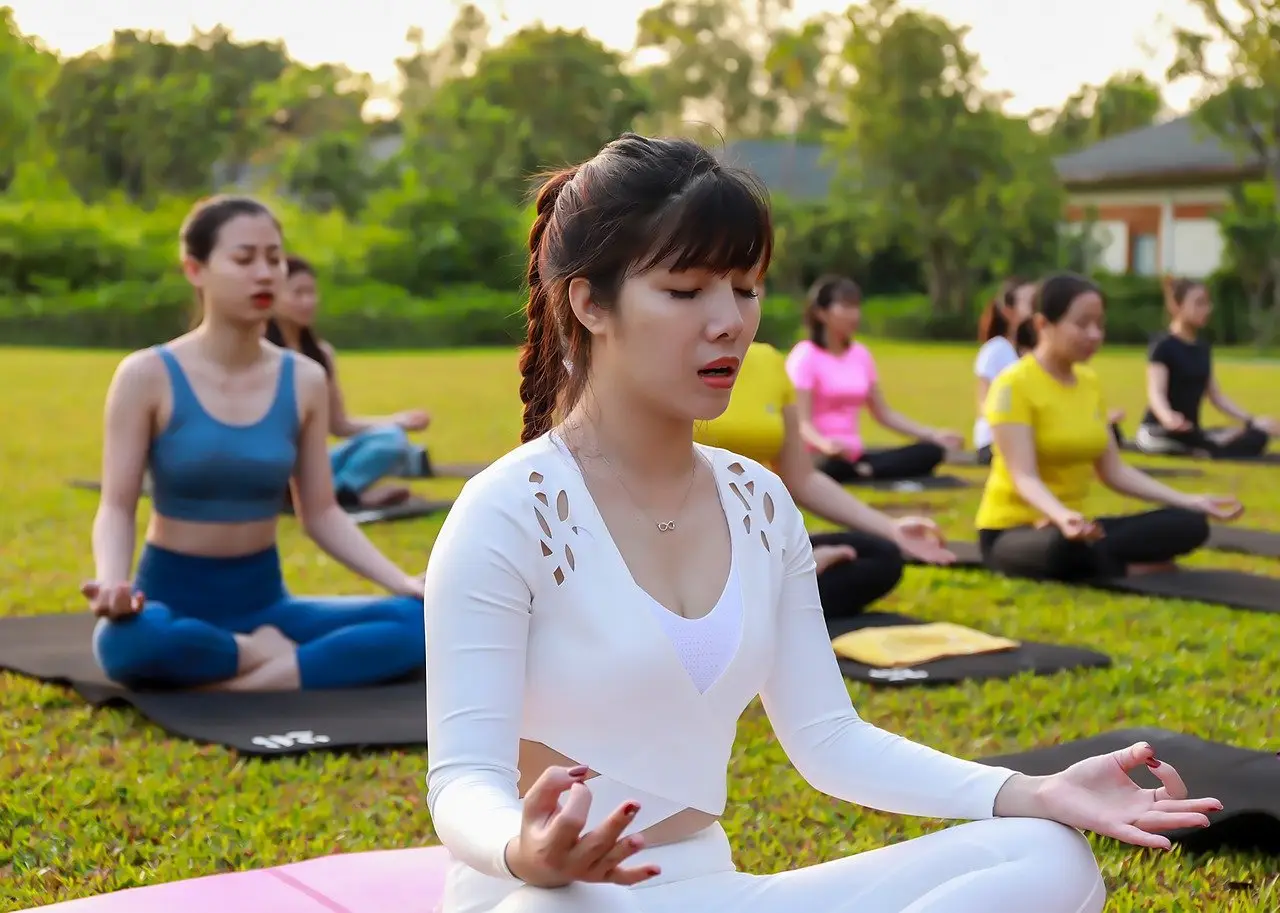Anxiety: A Problem That Yoga Can Help With
Anxiety is a problem that many people suffer from, whether it’s occasional anxiety or constant stress. It can be triggered by work deadlines, sudden life events, or even occur without any apparent reason. Although medication and therapy are the most common solutions, there is an alternative and holistic approach that has been helping people for thousands of years: yoga. At Yognik.com, we believe in the healing power of yoga in managing anxiety. In this article, we’ll explore how yoga helps and guide you in starting your practice.
Understanding Anxiety
Before we dive into how yoga helps, we must first understand anxiety. It’s more than just “feeling worried.” Anxiety can affect your digestion, sleep, concentration, and even your relationships. Your heart beats faster, your muscles tense, and your thoughts whirl. Anxiety is the body’s way of responding to perceived threats. In today’s hectic environment, our bodies often remain in this stress-response mode longer than necessary. This is where yoga comes in. It is an exercise designed to relax your nervous system and restore balance.
How Yoga Helps in Reducing Anxiety
Yoga is more than just stretching. It’s a powerful practice that integrates breath, movement, and meditation. When you feel stressed, your sympathetic nervous system (the “fight or flight” response) gets activated. Yoga gently activates the parasympathetic nervous system, helping to calm the mind and body. By focusing on your breath and practicing specific postures, yoga helps quiet your thoughts and bring your attention back to the present moment.
The Science Behind Yoga and Anxiety Relief
There is a solid scientific basis for why yoga is effective in relieving anxiety. Studies have shown that regular yoga reduces cortisol, the stress hormone, and boosts the production of Gamma-Aminobutyric Acid (GABA), a neurotransmitter promoting calm. Additionally, yoga increases your heart rate variability (HRV), a measure of your body’s ability to handle stress. When your HRV increases, you are better prepared to manage stress-inducing situations. At Yognik, we incorporate these scientifically backed techniques into each class to provide lasting results.
Benefits of Yoga for Anxiety
Physical Benefits
Stress can cause muscular tension, shallow breathing, and physical discomfort. Yoga helps release this accumulated tension. The postures improve posture, stretch tight muscles, and activate the lymphatic system, which aids in eliminating toxins. Yoga also improves your body’s alignment and teaches you how to breathe deeply, which helps you feel calm and grounded.
Mental and Emotional Benefits
Yoga acts as a mental reset button. It calms an agitated mind. By paying attention to your body and breathing, your brain shifts from a heightened state of alertness to one of calm and peaceful awareness. You begin to observe your thoughts without reacting to them. Yoga helps you develop self-compassion and patience—two qualities we often neglect under stress.
Top Yoga Poses for Anxiety Relief
Certain yoga poses are particularly beneficial for relaxing your nervous system. Here are some that we recommend at Yognik:
- Child’s Pose (Balasana)
This relaxing and gentle pose makes you feel secure and supported. It eases tension in the lower back, neck, and hips—common areas of tension during anxiety. Relax your body and breathe deeply, allowing yourself to release stress. - Cat-Cow Pose (Marjaryasana-Bitilasana)
The flowing motion between the Cat and Cow pose stimulates the spine and links breath with movement. It loosens tightness in the back and creates a rhythm that helps calm a nervous mind. - Legs Up the Wall (Viparita Karani)
This calming pose is a favorite at Yognik. It relieves stress from tired legs and reduces your heartbeat. After a long day, it helps blood flow back to your heart, lowering your heart rate. - Downward-Facing Dog (Adho Mukha Svanasana)
This classic pose stretches the body, improves circulation, and builds strength while relaxing the mind. It’s an effective way to relieve stress and restore balance to your system. - Corpse Pose (Savasana)
Often the last pose in a yoga class, Savasana is about surrender. Lie down, let go of control, and relax. Deep breathing in this pose triggers your body’s natural relaxation response.
Incorporating Yoga and Breathing Techniques
It’s impossible to talk about yoga for anxiety without mentioning breathing. Known as pranayama in yoga, breathing control is one of the most effective ways to change your mental state. Techniques like diaphragmatic breathing, alternate nostril breathing (Nadi Shodhana), and box breathing are all helpful in regulating the nervous system. At Yognik.com, our programs blend breathing exercises with movement to provide a complete anxiety-management toolkit.
Breathing isn’t just about oxygen—it’s about being present. When you’re stressed, your breathing becomes shallow and rapid. Conscious breathing reverses this. Try inhaling for four counts, holding for four, exhaling for four, and repeating for two minutes. You’ll feel the difference, almost as if you’re hugging your nerves with a calming embrace.
Yoga Classes and Programs at Yognik
Starting yoga on your own can feel daunting, but we offer online yoga classes at Yognik.com specifically designed to help alleviate anxiety. Whether you’re a total beginner or an experienced practitioner, our classes are created to support your physical and mental well-being.
Our instructors gently guide you through postures, breathing exercises, and mindfulness techniques. There’s no pressure, no judgment—just a space where you can relax, stretch, and recover.
How Yognik Helps in Anxiety Management
At Yognik, our philosophy is centered around balance and well-being. We believe that yoga is more than just a fitness routine; it’s a holistic approach to nourishing your mind, body, and soul. Our platform offers not only yoga classes, but also wellness tools, meditation programs, and balance techniques to aid in your journey toward reducing anxiety.
Our specialization? Tailored support for your needs. We understand that anxiety manifests differently for each person. Our programs are flexible, easy to access, and designed to meet your unique needs. You don’t need a fancy mat or perfect posture—just a little time and a willingness to be kind to yourself.
Conclusion: Start Your Yoga Journey Today
Yoga doesn’t have to consume your life. With the right tools and guidance, you can find peace and calm. Yoga is a simple yet powerful practice for easing stress and reconnecting with yourself. The best part? You can start today, right from the comfort of your home.
Yognik.com is here to help guide you on this journey. If you’re looking for online classes, breathing exercises, or just a few minutes of stillness in your day, we have something for you. Don’t wait for the perfect moment—just start. Your serene, balanced self is waiting for you to begin.
FAQs
1. When should I do yoga to relieve anxiety?
Engaging in yoga at least 3-4 times per week can result in significant improvements. Even daily 10-minute sessions can be very effective in reducing anxiety.
2. Can yoga be a substitute for therapy in helping with anxiety?
Yoga can be a wonderful complement to therapy, but it’s not a substitute. It’s best used alongside other support methods and professional help.
3. Do I have to be flexible to do yoga for anxiety?
Not! Yoga is about how you feel, not how you look. Flexibility improves over time, but the mental benefits of yoga begin immediately.
4. What can I expect from a yoga class at Yognik.com?
Our classes are designed to be relaxing and stress-relieving. You’ll learn beginner-friendly poses, breathing exercises, and meditation in a safe, welcoming environment.
5. Does yoga help with other mental health issues?
Yes! Yoga has been found to alleviate insomnia, depression, stress, and more. It’s a versatile tool that can support overall mental health.
